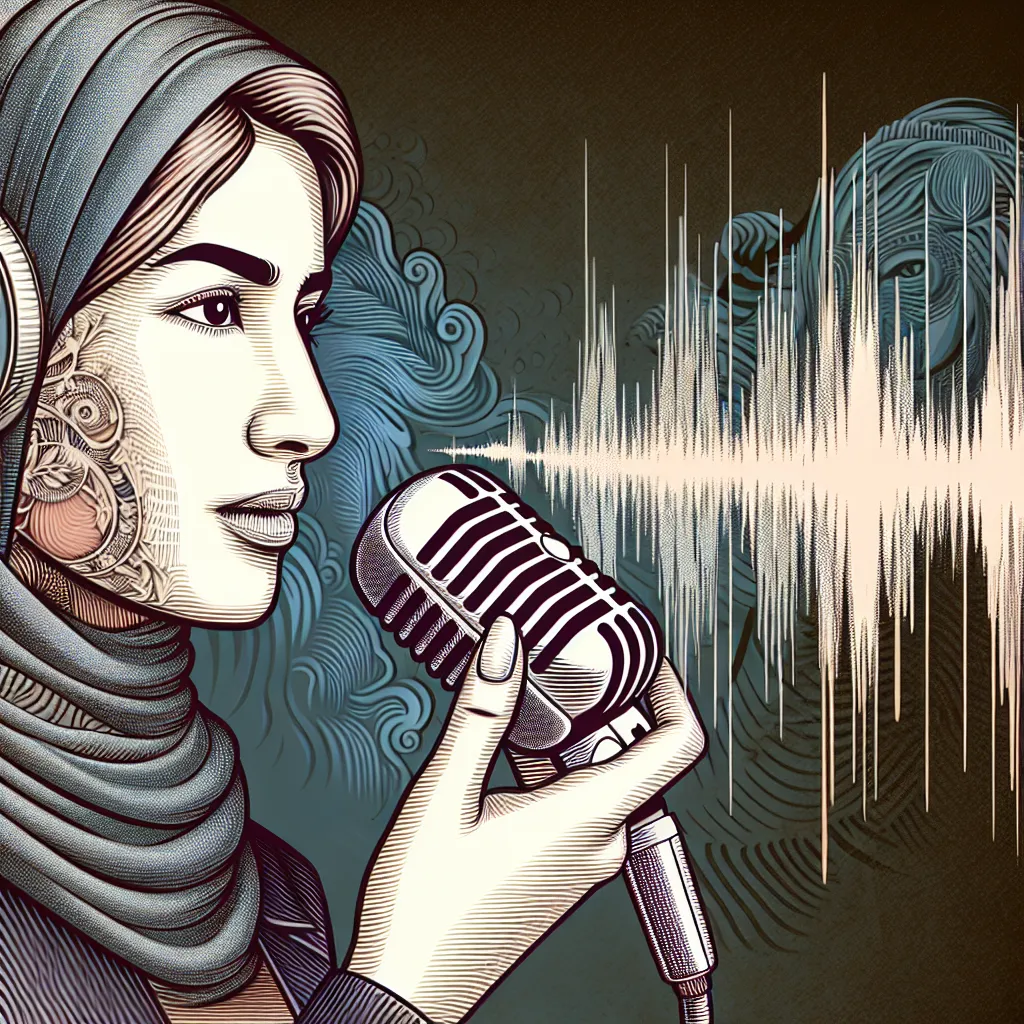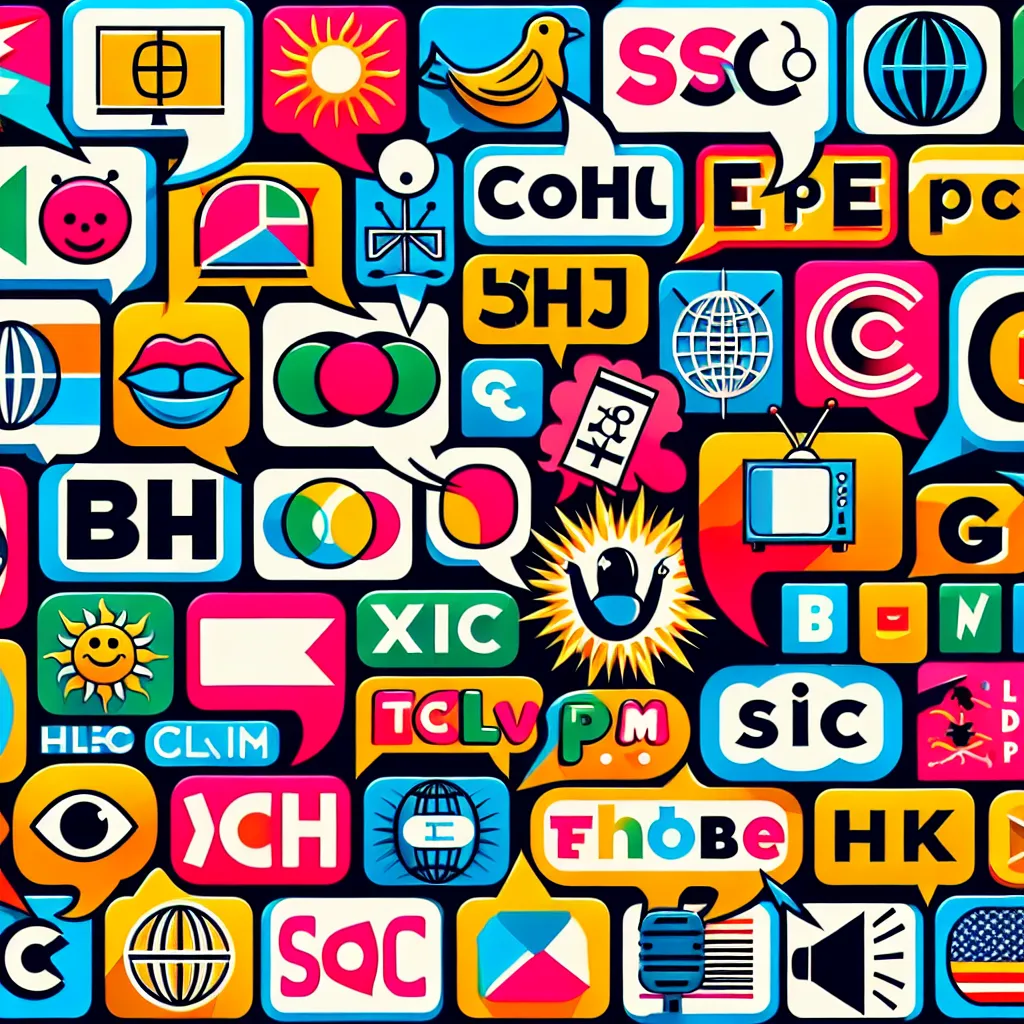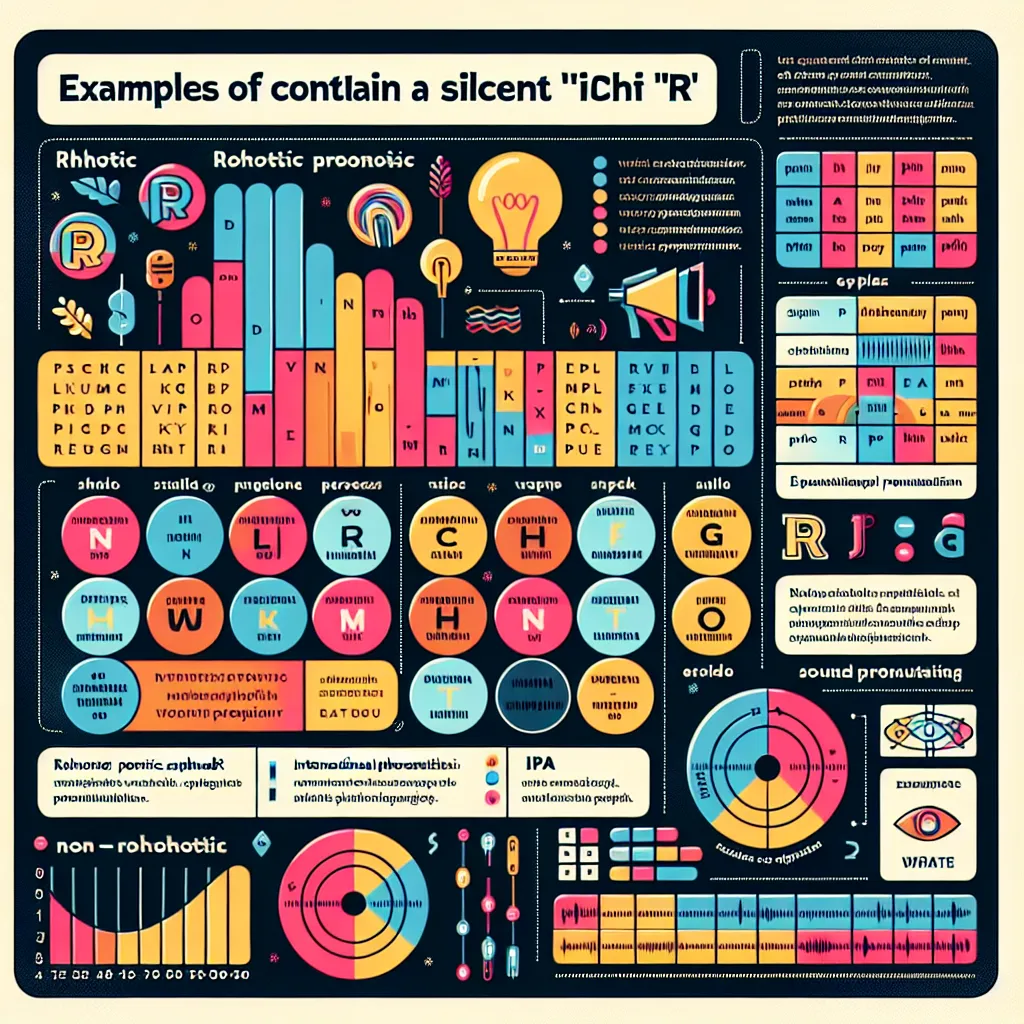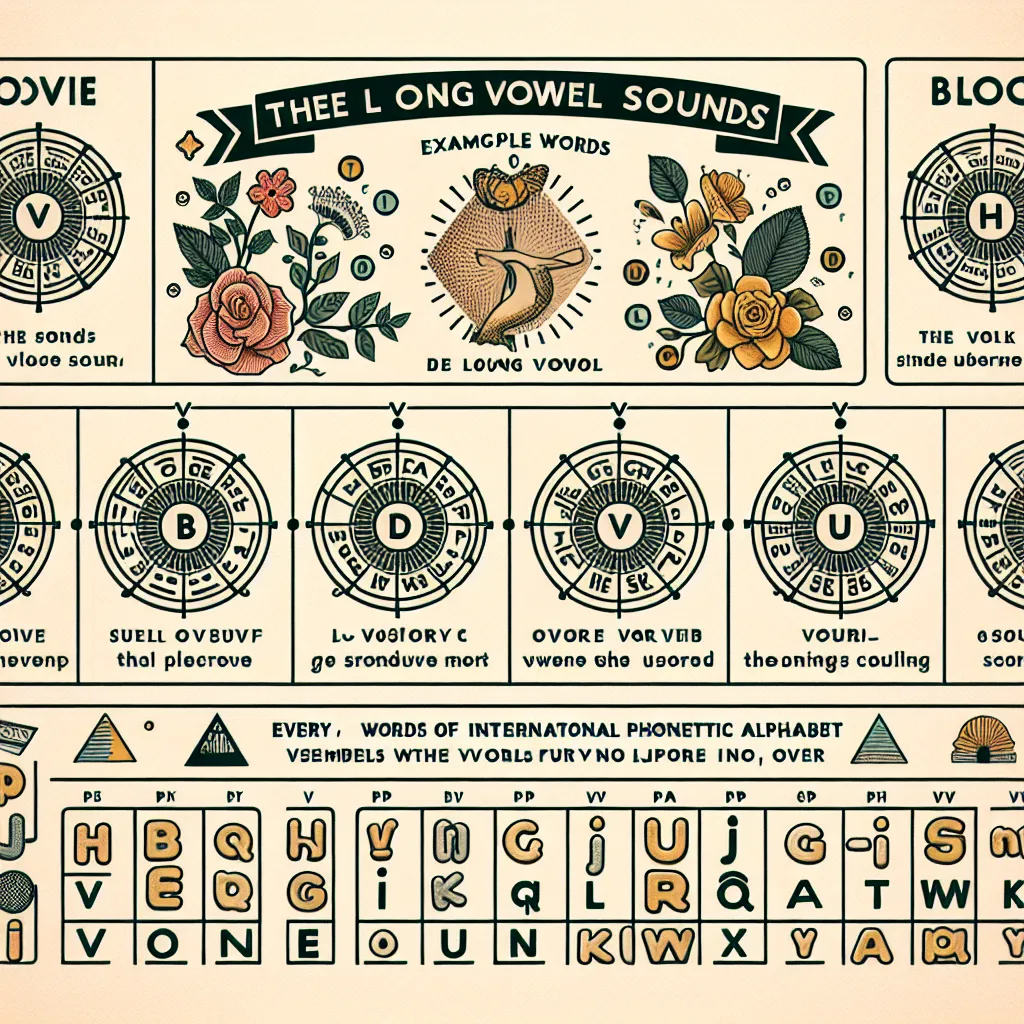In today’s digital age, technology has revolutionized the way we learn languages, especially when it comes to improving pronunciation. This guide will explore various technological tools and methods to enhance your English pronunciation skills effectively.
Understanding the Importance of Pronunciation in Language Learning
Pronunciation is a crucial aspect of language learning that often doesn’t receive the attention it deserves. Proper pronunciation not only helps you communicate more clearly but also boosts your confidence when speaking English. With the advent of technology, learners now have access to a wide array of tools and resources that can significantly accelerate their pronunciation improvement.
 Importance of Pronunciation
Importance of Pronunciation
The Role of Technology in Pronunciation Practice
Technology offers several advantages for pronunciation practice:
- Instant feedback: Many apps and software can provide immediate corrections on your pronunciation.
- Accessibility: Practice anytime, anywhere with mobile apps and online resources.
- Variety: Access to native speakers from different regions, helping you understand various accents.
- Personalization: Adaptive learning technologies can focus on your specific pronunciation challenges.
Effective Technological Tools for Pronunciation Practice
Speech Recognition Software
Speech recognition technology has come a long way and can be incredibly useful for pronunciation practice. Apps like Google’s Speech-to-Text or Apple’s Dictation feature can help you check if your pronunciation is clear enough to be accurately recognized.
Tip: Try dictating sentences and check if the software transcribes them correctly. This can give you an idea of how well you’re pronouncing words.
Pronunciation Apps
There are numerous apps designed specifically for pronunciation practice. Some popular options include:
- ELSA Speak: Uses AI to provide personalized pronunciation coaching.
- Duolingo: Offers pronunciation exercises as part of its language learning program.
- Sounds: Pronunciation App: Focuses on phonetics and individual sound practice.
YouTube Channels and Online Videos
YouTube is a treasure trove of pronunciation resources. Channels like “Rachel’s English” and “English with Lucy” offer in-depth pronunciation lessons and tips.
Tip: Use YouTube’s playback speed feature to slow down videos and focus on the mouth movements of speakers.
 YouTube Pronunciation Practice
YouTube Pronunciation Practice
Podcasts for Pronunciation
Podcasts are excellent for immersing yourself in spoken English. Some podcasts focus specifically on pronunciation, such as “American English Pronunciation” by Seattle Learning Academy.
Tip: Listen actively and try to mimic the speakers’ pronunciation. Record yourself and compare.
Voice Recording and Analysis Tools
Apps like Audacity allow you to record your speech and analyze it visually. You can compare your recordings with native speaker samples to identify areas for improvement.
Advanced Technology for Pronunciation Mastery
Virtual Reality (VR) and Augmented Reality (AR)
VR and AR technologies are creating immersive language learning experiences. Apps like “Mondly VR” offer virtual conversations with AI characters, allowing you to practice pronunciation in simulated real-life scenarios.
AI-Powered Pronunciation Coaches
Artificial Intelligence is revolutionizing pronunciation training. Apps like “ELSA Speak” use AI to provide detailed feedback on your pronunciation, including specific advice on how to position your mouth and tongue.
Common Pronunciation Errors and How Technology Can Help
Identifying Problematic Sounds
Many learners struggle with sounds that don’t exist in their native language. Technology can help by:
- Providing visual representations of sound waves.
- Offering slow-motion videos of mouth movements.
- Giving instant feedback on sound production.
Stress and Intonation
English stress and intonation patterns can be challenging. Apps like “English Accent Coach” focus on these aspects, helping you master the rhythm of English speech.
The Phonemic Chart and Commonly Mispronounced Words
Understanding the International Phonetic Alphabet (IPA) and using a phonemic chart can significantly improve your pronunciation. Here’s a list of 10 commonly mispronounced words related to technology:
- Cache (/kæʃ/)
- GIF (/dʒɪf/ or /gɪf/)
- Meme (/miːm/)
- Niche (/niːʃ/ or /nɪtʃ/)
- Paradigm (/ˈpærəˌdaɪm/)
- Queue (/kjuː/)
- Schema (/ˈskiːmə/)
- Suite (/swiːt/)
- Thumbnail (/ˈθʌmˌneɪl/)
- WiFi (/ˈwaɪfaɪ/)
Tip: Use online dictionaries with audio pronunciations to practice these words.
Conclusion: Embracing Technology for Pronunciation Improvement
Technology has opened up a world of possibilities for improving English pronunciation. By leveraging these tools and techniques, you can make significant strides in your pronunciation skills. Remember, consistent practice is key. Use a combination of methods, and don’t be afraid to experiment with different technologies to find what works best for you.
For more tips on mastering English pronunciation, check out our article on pronunciation tips for mastering English sounds. Additionally, if you’re interested in improving your pronunciation for professional settings, our guide on pronunciation tips for business professionals offers valuable insights.
We’d love to hear about your experiences with using technology for pronunciation practice. Share your favorite apps or methods in the comments below!




